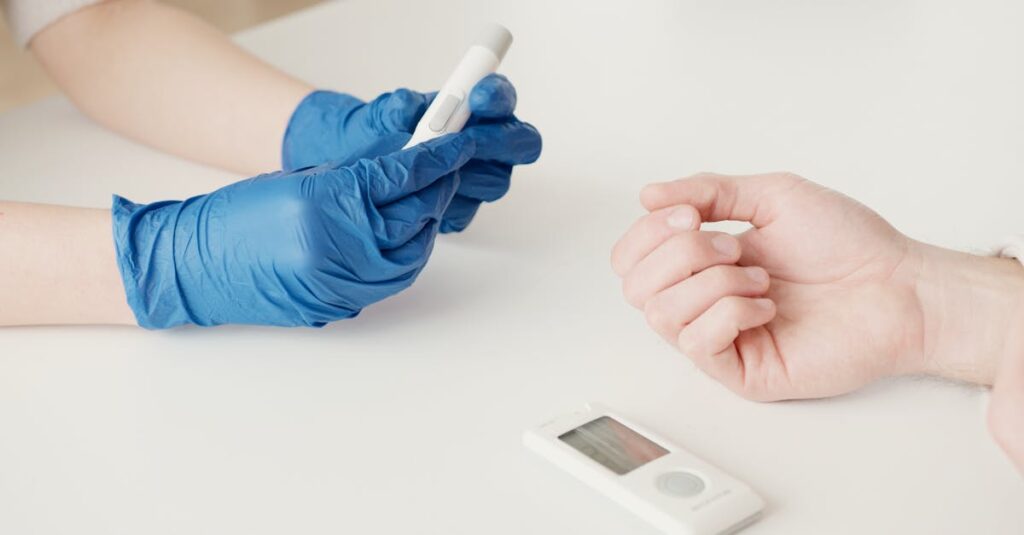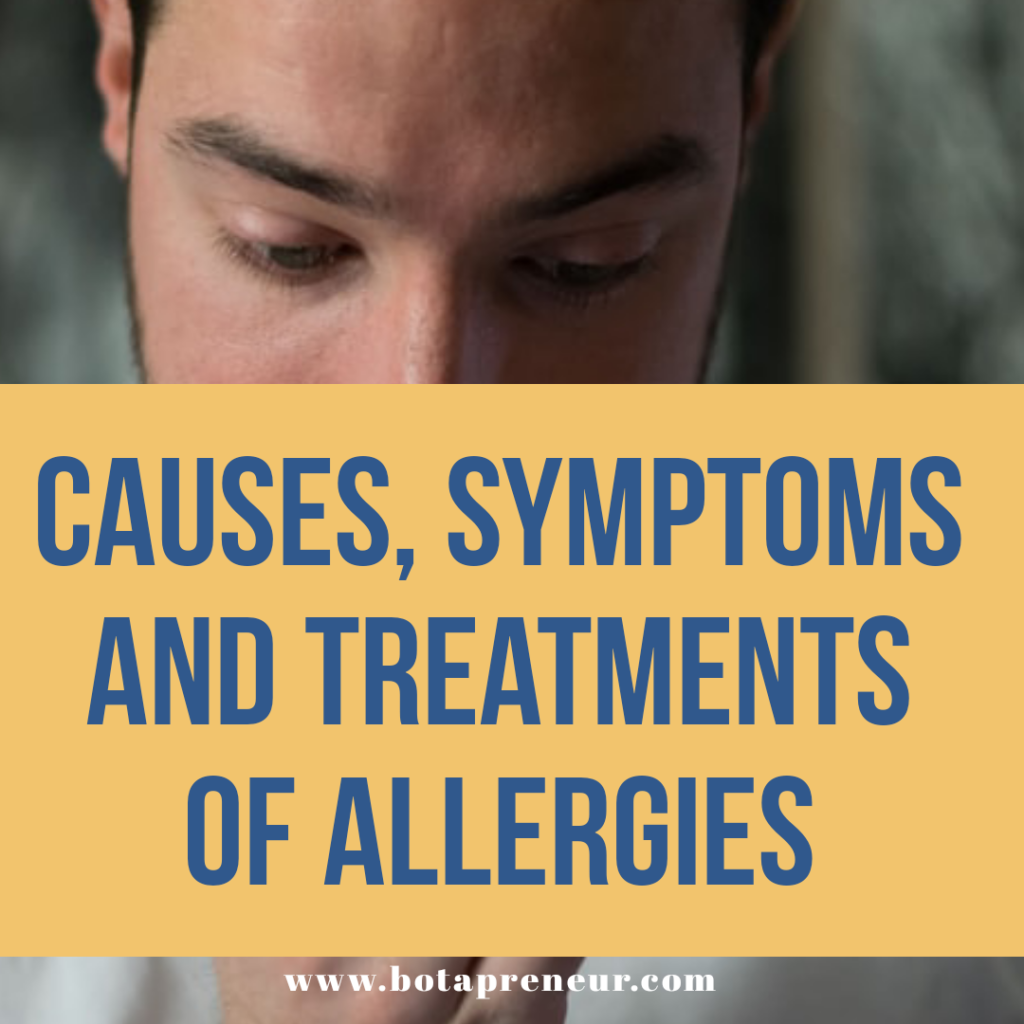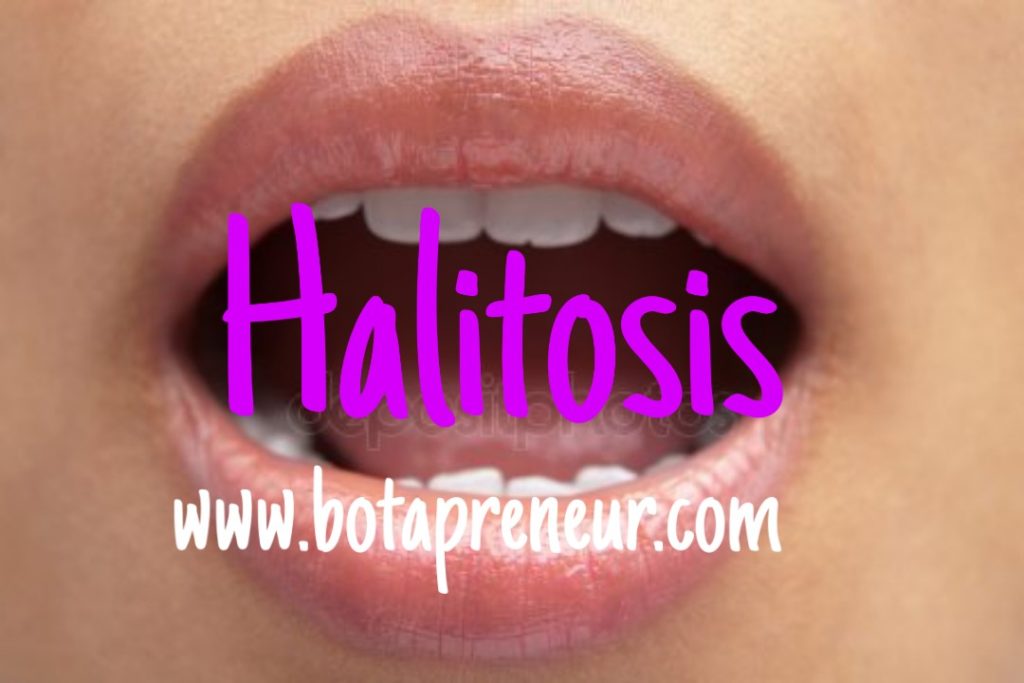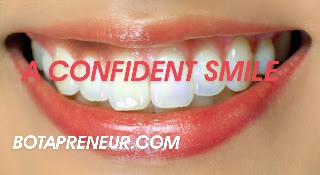Diabetes Management 101: Strategies For Controlling Blood Sugar and Preventing Complications
Over the last 15 years, the number of people with diabetes worldwide has increased tremendously to a worrisome figure.The children and adolescents are also not left out in the rapid increase of diabetes. Diabetes mellitus was estimated to be 537 million in 2021, and was predicted by The International Diabetes Federation (IDF) to rise to 643 million by 2030 in the absence of better control or cure. Furthermore, research has shown that almost 50% of diabetes are not diagnosed until ten years after the onset of the disease, which means that the proportion of people who have diabetes globally must be astronomically high. This article will enlighten you about understanding diabetes mellitus, common symptoms, complications, strategies for control and preventing measures. What is Diabetes Mellitus? In a simple and clear term, diabetes mellitus is a chronic health condition that affects how glucose (sugar) is processed in the body. It happens as a result of insulin resistance, inadequate insulin secretion, or excessive glucagon secretion. The body cells cannot function without glucose. For a healthy person, their pancreas produces a hormone called insulin. Insulin is the one that transports glucose from the bloodstream into the cells where it is used for energy. In people with diabetes, there’s a problem with their insulin in the ways listed below: Type 1 DiabetesIt is also known as autoimmune condition where the body is deficient of insulin due to pancreatic β-cell loss. It leads to hyperglycemia. People with Type 1 diabetes need to take insulin regularly to survive. This type usually develops in children and adolescents but symptoms can sometimes develop much later. Type 2 DiabetesThis is the common form. Here, the body still produces insulin, but it is either not enough or the cells have become resistant to it. The insulin struggles to allow glucose into the cells which result in glucose build up in the bloodstream instead of being used up for energy. This type develops gradually over years, and is usually as a result of lifestyle factors like obesity and poor diet. There’s also a condition called prediabetes. In prediabetes, blood sugar levels are higher than normal but not high enough to be diagnosed as Type 2 diabetes. People who are in this category need to watch their lifestyle to prevent the development of Type 2 diabetes. A very uncommon diabetes is gestational diabetes which occurs during pregnancy and usually resolves after giving birth. However, anyone who ever experienced this needs to tread carefully with their lifestyle choices as they are likely prone to have Type 2 diabetes later in life. Common Symptoms of diabetes Extreme hunger because the cells are not getting the amount of energy needed. Frequent infections or slow healing of wounds and sores. Extreme weight loss in Type 1 or gradual weight gain in Type 2 Increased level of thirst and frequent urination because the body wants to flush out excess sugar. Long Term Complications of Diabetes The blood vessels and heart may be affected such that it increases the risk of stroke and heart diseases. The nerves may begin to malfunction leading to numbness or tingling, especially in the hands and feets. It may lead to vision problems and blindness. Wounds will take a really long time to heal. Strategies for Controlling Blood Sugar Nutrition and Meal PlanningCarbohydrates have the most significant impact on blood sugar, because of that, you may want to measure the grams of carbohydrate you take per meal. Read food labels carefully and measure portions appropriately. Use a food scale for accuracy, and keep a food diary to track patterns. Also, choose meals with low glycemic index (55 or less). These foods cause a slower, and more gradual rise in blood sugar. Example of such foods are:Most vegetablesSweet potatoesLegumesMost whole grainsBrown riceCouscousRaisinsAvoid foods that can spike blood sugar like:Sugary drinks and sodasWhite bread, and pastaProcessed snacksChocolates, candies, and dessertsMost cerealsAlcohol Medical ManagementWork hand in hand with your healthcare providers. Do not keep your symptoms to yourself or overlook any abnormalities in your body that you usually do not experience. Use the medications prescribed by your healthcare givers only.For those that use insulin, the opened and unopened insulin should be stored appropriately, and in a situation that involves travelling, insulated containers should be used, and extra suppliers kept properly.Medications should be tracked and timed appropriately.Blood sugar should be monitored regularly, and records should be properly documented.Keep scheduled medical appointments. Physical Activities GuidelinesCheck blood sugar before exercising, ensure that it ranges between 100-250mg/dL.Stay hydrated.Low impact aerobics like brisk walking, cycling, dancing, and swimming are recommended for people with diabetes.If you are already managing diabetics, exercise with a partner or wear medical identification.Monitor blood sugar before, during, and after a strenuous activity.Avoid exercising when ill or in extreme temperatures.Keep a record of your tedious activities and their effects on blood sugar.Adjust your routines based on blood sugar patterns.Rest where necessary. Preventing Complications of Diabetes Thankfully, diabetes can be managed effectively with proper care. Different approaches and treatments can be used to manage it. These include: Watching out for early signs and going for check ups regularly.A lot of people, especially Nigerians, think that going for a check up is a waste of their money when there are other things to do with money, even when the signs are clear, some would still ignore and be totally nonchalant about it until it is properly a little too late. Careful meal planning and dietTestimonies have been recorded by dieticians, nutritionists, and even those that meal plans have changed their health status for the better over the years. Our choice of diet have a huge impact on our health and wellness, either positively or negatively. Choose healthy whole meals over highly processed foods. Avoid drinking alcohol and smoking. With proper meal planning, and intentionality, complications can be prevented. Embark on lifestyle changesLifestyle changes like healthy diet, regular exercise, stress management, quality sleep, and work-life must be modified to prevent complications and live a much healthier life. Regular insulin injections









